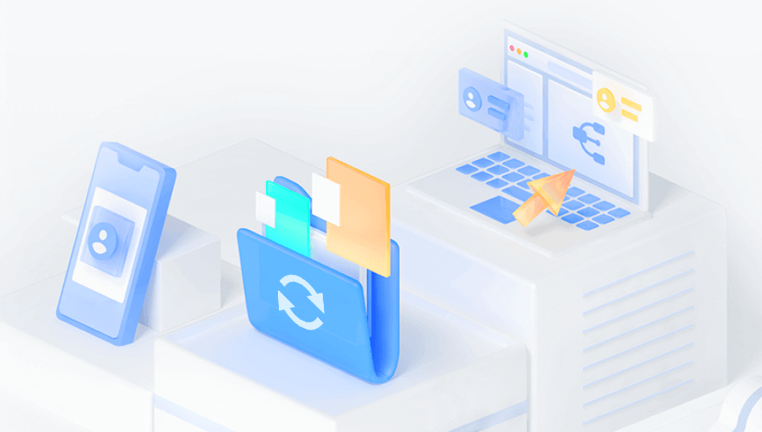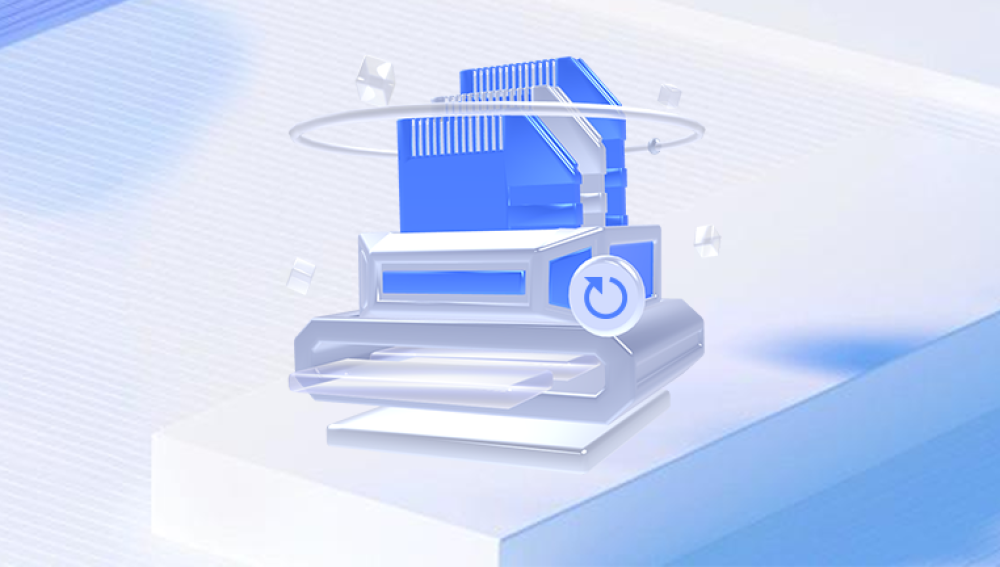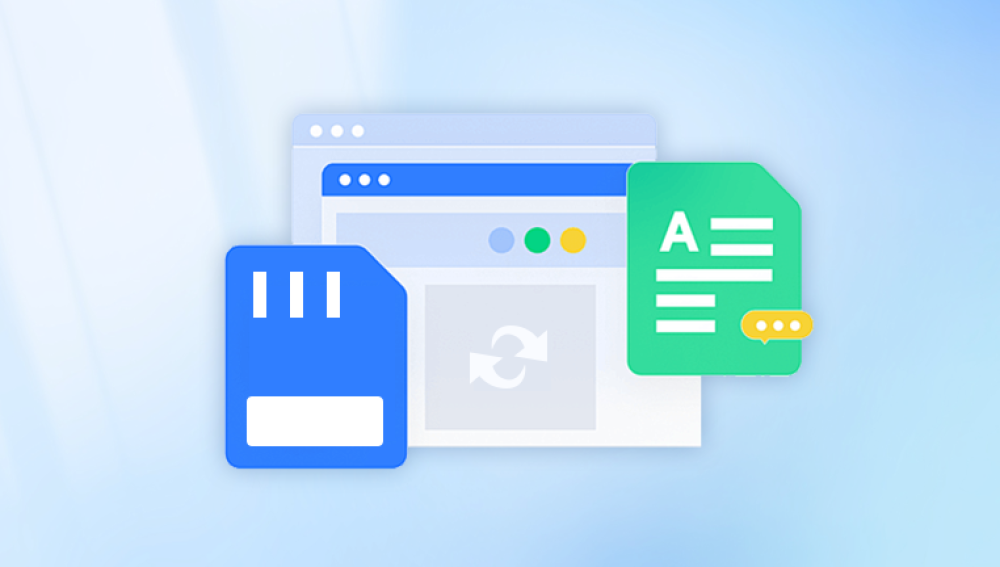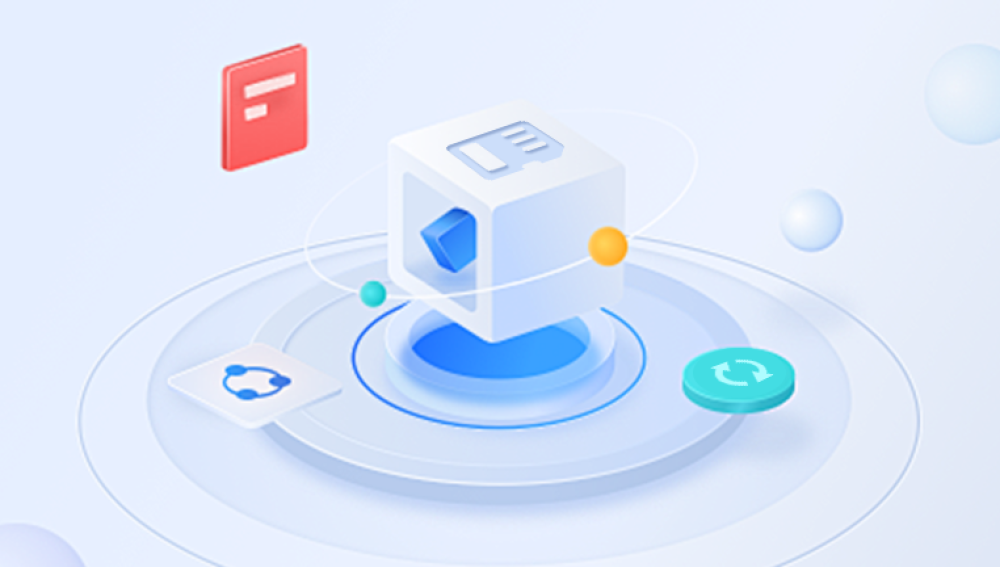SD cards are widely used for storing photos, videos, documents, and other essential data in cameras, smartphones, drones, and other devices. They are prized for their portability, high storage capacity, and ease of use. However, like all storage media, SD cards are susceptible to damage. Physical mishandling, formatting errors, corruption, or logical failure can render an SD card unreadable and put valuable data at risk.
Experiencing data loss from a damaged SD card can be stressful, particularly when the files include irreplaceable personal photos or critical work documents. Fortunately, most damage to SD cards does not necessarily mean permanent loss. With proper techniques and tools, it is often possible to recover data safely.

Physical Damage
Broken connectors, cracked plastic, or bent pins can prevent the SD card from being recognized by devices.
Exposure to water, heat, or magnetic fields may also damage the card physically.
Logical Damage
Corruption of the file system can make the card unreadable.
Bad sectors or unexpected device removal during data transfer can cause logical damage.
Software Errors
Accidental formatting or improper reformatting can erase or corrupt data.
Malware or viruses may delete or encrypt files on the SD card.
Device-Related Errors
Malfunctions in cameras, smartphones, or card readers can cause data to become inaccessible.
Understanding whether the damage is physical, logical, or software-related is critical for choosing the correct recovery approach. Attempting physical recovery on a logically damaged card or vice versa may worsen the situation.
Preparing for SD Card Data Recovery
Proper preparation is essential to avoid further data loss during recovery:
Stop Using the SD Card
Do not write new data to the card. Any new files may overwrite deleted or damaged data.
Use a Reliable Card Reader
Connect the SD card to a computer using a trusted card reader to ensure stable access.
Check for Recognition
Determine whether the computer recognizes the card and assigns a drive letter.
Backup the Damaged Card (Optional but Recommended)
Use disk cloning software to create a sector-by-sector copy of the card before attempting recovery.
This ensures you have an untouched copy in case a recovery attempt fails.
Methods for Recovering Data from a Damaged SD Card
Method 1: Using Data Recovery Software
Recovery software is often the most effective solution for logically damaged or formatted SD cards.
Step 1: Choose Appropriate Software
Drecov Data Recovery
When an SD card is damaged, the files stored on it are often still physically present, even if they cannot be accessed normally. Drecov Data Recovery performs a thorough scan of the SD card, locating recoverable files and restoring them to a secure location without overwriting remaining data. This means users have a strong chance of retrieving data from cards that appear corrupted, unrecognized, or formatted.
The software supports a wide range of SD card types, including microSD, standard SD, and SDHC cards, and works with popular file formats such as .jpg, .png, .mp4, .docx, and more. Its intuitive interface allows users to connect the damaged SD card to a computer, launch the software, scan the card, preview recoverable files, and restore them with just a few clicks.
One of the main advantages of Drecov Data Recovery is its free version, which lets users attempt data recovery without an initial cost. This makes it accessible for both casual users and professionals who need to recover critical data.
Select software compatible with your operating system and SD card type.
Step 2: Install Software
Install it on your computer’s internal drive, not on the SD card, to avoid overwriting data.
Step 3: Connect the SD Card
Insert the SD card into a card reader and connect it to the computer.
Ensure the card is recognized by the software.
Step 4: Scan the Card
Select a quick scan for recent deletions or a deep scan for severe corruption.
Wait for the scan to complete. Deep scans may take longer depending on card size and data complexity.
Step 5: Preview and Select Files
Most recovery software allows file previews.
Check for the integrity of recovered files, especially images and videos.
Step 6: Recover and Save
Save recovered files to a different drive or storage medium to avoid overwriting.
Method 2: Repairing Logical Errors with Disk Utilities
If the SD card is recognized but data is inaccessible, repairing logical errors can help:
Windows CHKDSK Utility
Open Command Prompt and type:
chkdsk : /f /r
This checks the card for errors and attempts to repair bad sectors.
Disk Management Tools
On Windows: Right-click This PC → Manage → Disk Management.
Assign a drive letter if missing or check for file system errors.
Mac Disk Utility
Use First Aid to check and repair SD card errors on macOS.
These methods are effective for minor logical corruption but may not recover severely deleted or formatted files.
Method 3: Recovering Data from Formatted SD Cards
Formatting does not necessarily erase underlying data. Recovery software can retrieve files from a formatted card:
Use deep scan options in recovery software to search for lost partitions and deleted files.
Recover files to a separate drive to prevent overwriting.
Preview recovered files before final restoration.
Even after quick formatting, many files can still be retrieved using proper tools.
Method 4: Physical Damage Recovery
If the SD card is physically damaged, software alone may not suffice:
Clean Connectors
Dust or corrosion on pins can prevent reading. Use a soft eraser or alcohol wipes.
Try Multiple Card Readers
A different reader may successfully detect the card.
Professional Recovery Services
Severe physical damage (broken PCB, water exposure, or burned card) requires specialized hardware recovery labs.
Professionals can recover data directly from memory chips using chip-off techniques.
Troubleshooting Common Problems
SD Card Not Detected
Try a different USB port or computer.
Check device manager for unrecognized devices and update drivers.
File Corruption
Use file repair tools for images or videos.
Some recovery software offers built-in repair features.
Recovery Software Fails
Ensure the software is up-to-date.
Use multiple software tools if one does not detect files.
Partial Recovery
Only part of the files may be recoverable if overwritten or physically damaged.
Preventive Measures for SD Cards
Regular Backups
Keep copies on external drives or cloud storage.
Avoid Sudden Removal
Eject the card safely to prevent corruption.
Handle Cards Carefully
Avoid water, heat, or bending.
Use Quality Cards
Low-quality SD cards are more prone to failure.
Enable Auto-Backup
Sync photos and videos to cloud services automatically.
Understanding Recovery Limitations
Overwritten Files: Once storage space is overwritten, recovery may be impossible.
Severe Physical Damage: Extremely damaged cards may require chip-level recovery.
Corruption Severity: Partial or corrupted files may be unrecoverable.
Professional SD Card Recovery Services
When software fails or the card is physically damaged, professional recovery labs can:
Disassemble the card and read memory chips directly.
Recover data from severely corrupted or water-damaged cards.
Offer high success rates for critical files, albeit at higher cost.
Professional services are typically reserved for irreplaceable data.




